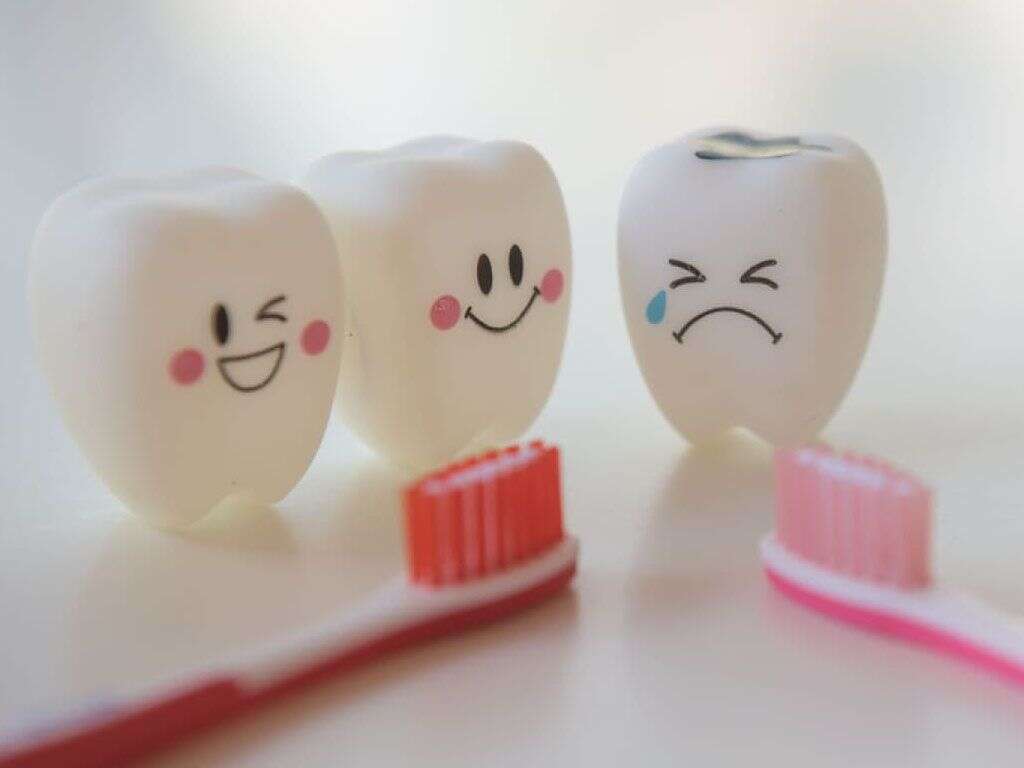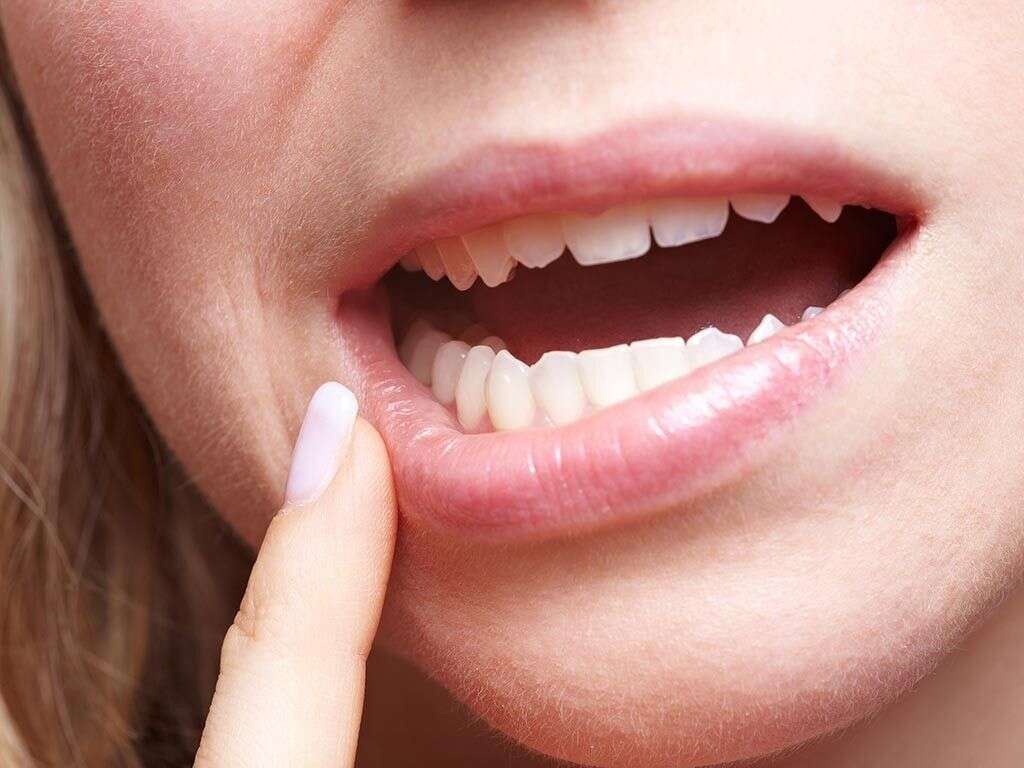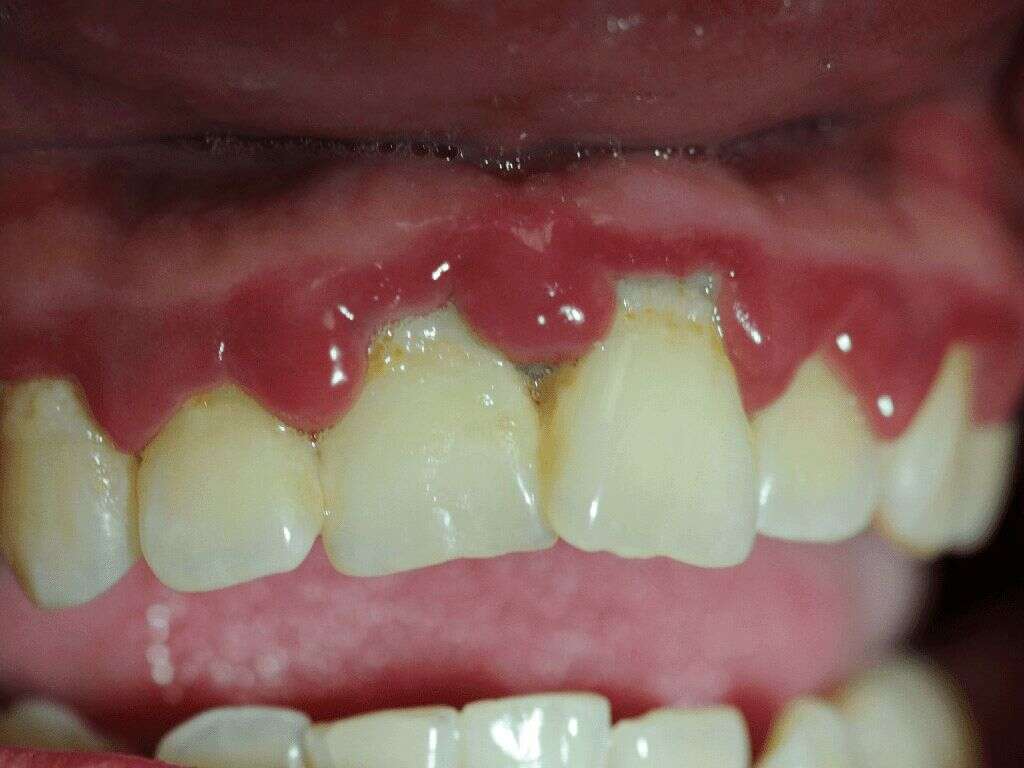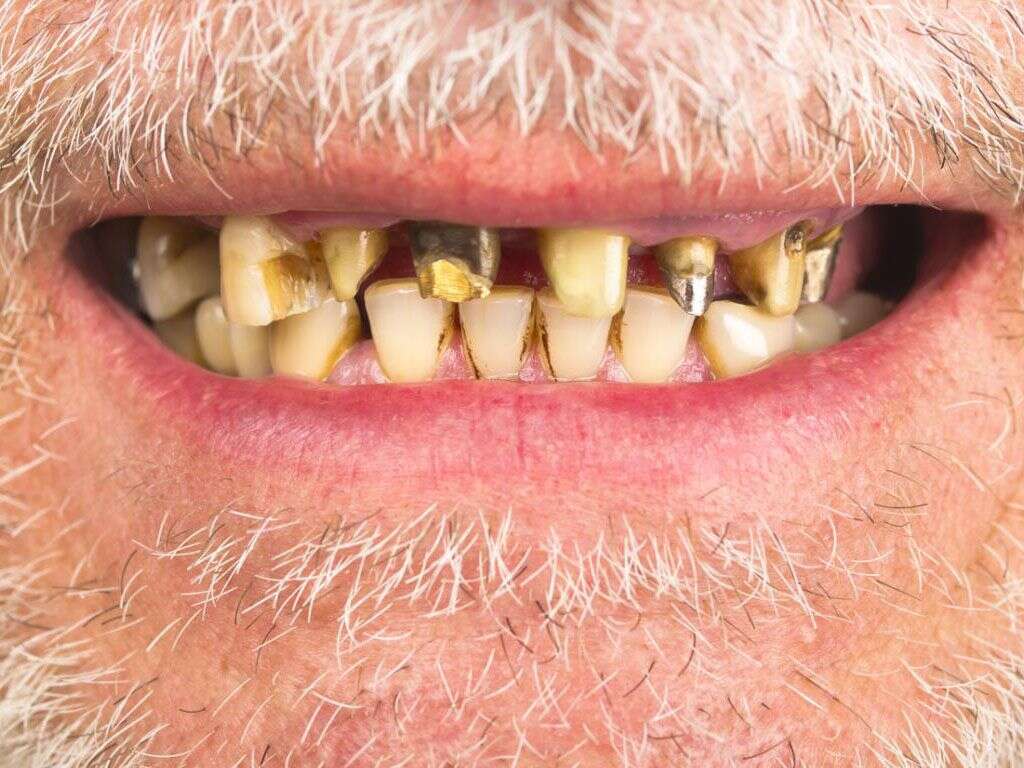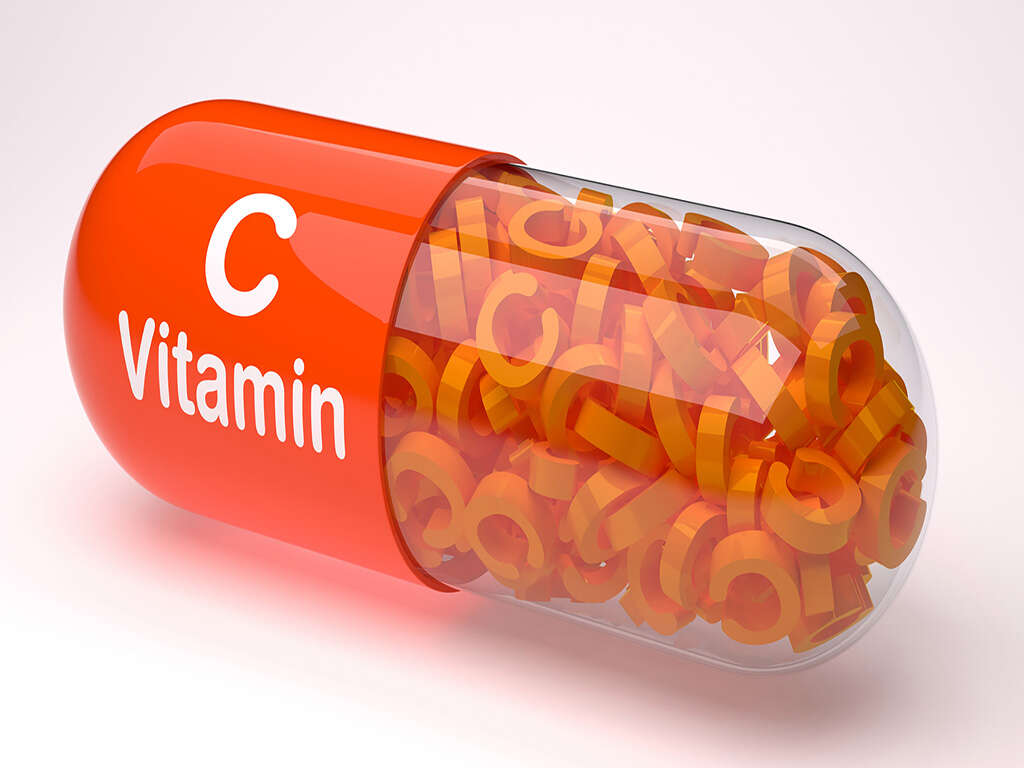10 Gum Disease Symptoms
Gum disease or periodontal disease is caused by bacteria that form plaque on the teeth. The early stage of gum disease is known as gingivitis. It then develops to become the more serious form, known as periodontitis. The risk factors of periodontal disease include positive family history, smoking, side effect of certain medications, diabetes, and human immunodeficiency virus (HIV) infection. The diagnosis can be achieved through examination of the gum tissue and radiographs to look for bone loss around the teeth.
The treatment of gum disease includes professional teeth cleaning to remove the dental plaque and continuous good oral hygiene (which includes daily teeth brushing and flossing). In 2015, it is estimated that about 538 million people were affected. In the United States, almost 50 percent of those age 30 or more are affected to some degree while as many as 70% over the age of 65 are affected. It is believed that males are more commonly affected than females as females have better oral hygiene.
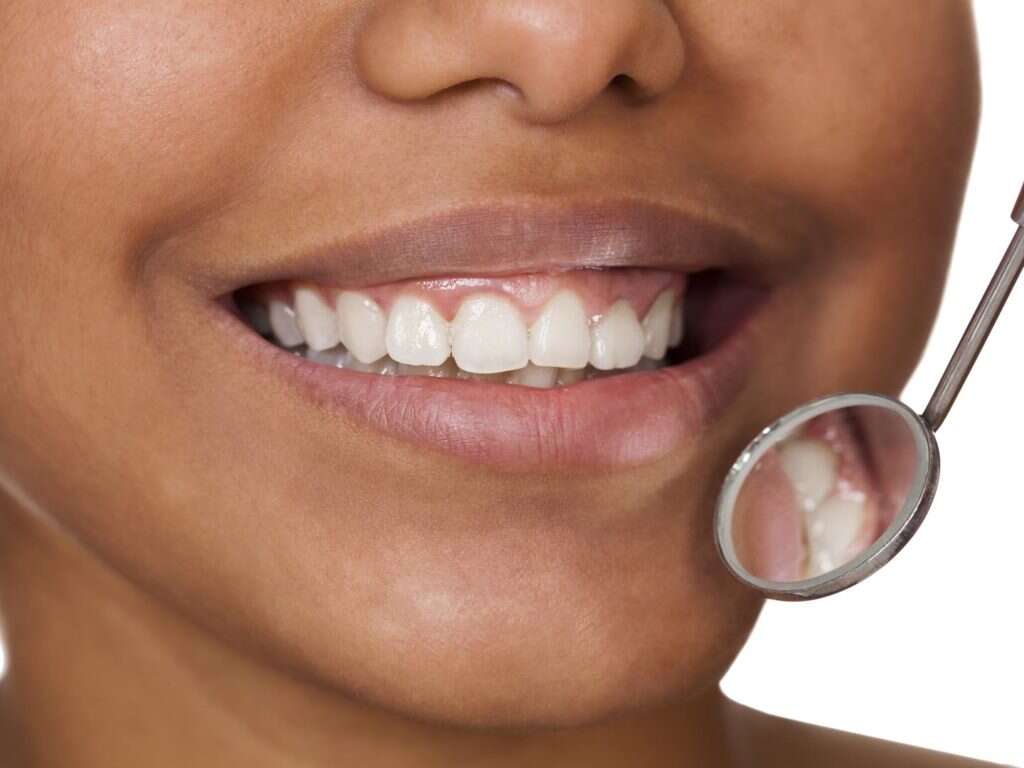
Symptom #1: Receding Gums
Receding gums are often due to gum disease. It occurs when the gums are pulled back causing more exposure of the tooth. This can cause the affected tooth to look longer. The pulling back of gums opens up gaps or pockets between the teeth and gums, allowing bacteria to build up.
This may lead to the damage of bone structures and supporting tissue if it is left untreated. Exposure of tooth roots can also cause tooth sensitivity. Besides gum disease, receding gums can also be attributed to hormonal changes and insufficient dental care.

Symptom #2: Bad Breath
Bad breath or halitosis is described as having an unpleasant breath. It is a significant symptom as it can cause anxiety among patients. Bad breath can be divided into genuine and non-genuine cases where genuine cases have bad breath that come from the mouth.
Eighty-five percent of cases of bad breath are genuine cases. The remaining are due to issues in the lungs, nose, throat, sinuses, esophagus, and stomach.

Symptom #3: Redness
Redness is one of the hallmarks of inflammation. It can be seen in inflamed or infected areas and may include symptoms such as loss of function, pain, swelling, and warmth. It may also be associated with a fever.
Inflammation causes changes in the microcirculation which result in the emigration of leukocytes and exudation of fluid. The increased blood flow to the area causes the redness. This is a mechanism to remove the offending pathogen.

Symptom #4: Swelling
Swelling or edema is the transient enlargement of the affected area due to the accumulation of fluid in the surrounding tissue. A systemic swelling involves the entire body while a localized swelling affects only one part of the body.
Swelling can be seen as a response to injury, disease or infection. Other associated symptoms include pain, warmth, redness, and loss of function. In gum disease, swelling can be seen in the affected area and the surrounding tissues. It may also be seen on the lower jaw.
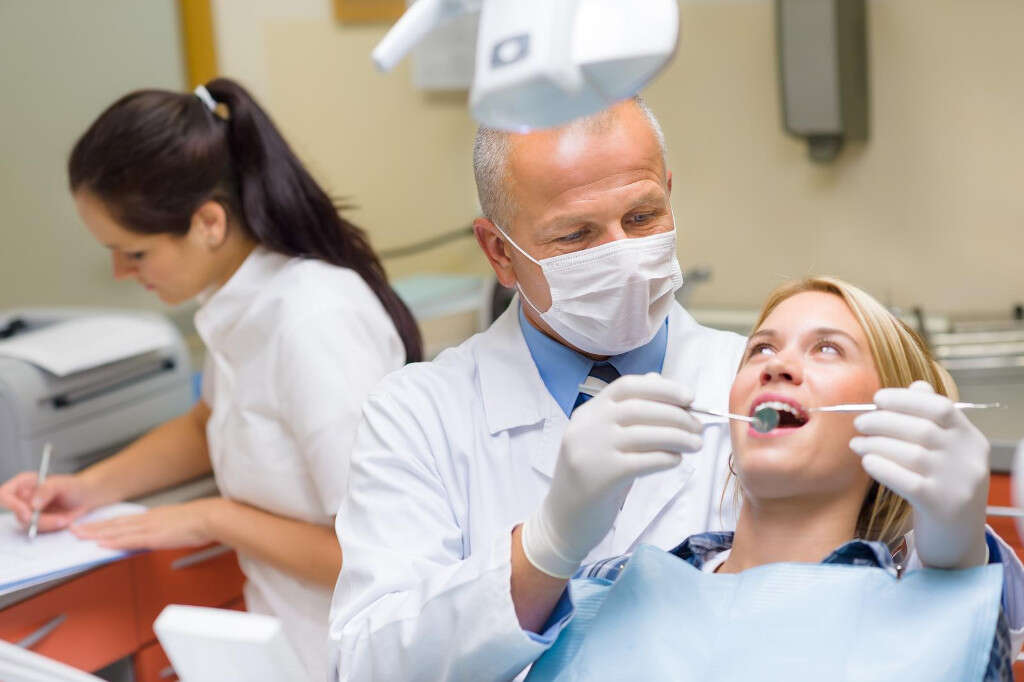
Symptom #5: Warmth
Heat or warmth occurs when there is increased blood flow to the area affected by inflammation.
Inflammation is a response to irritants, pathogens, and damaged cells. It is the body’s attempt to clear necrotic cells, eradicate the cause of injury, and initiate the repair of affected tissues. When the inflammation is internal, there is usually no apparent increase in heat.

Symptom #6: Pain
Pain is an unpleasant sensation that is caused by intense or damaging stimuli. Pain is an experience that can result in potential mental or physical damage. It is a protective mechanism that causes the individual to withdraw from the situation and to avoid similar experiences in the future.
It is a significant symptom that can affect a patient’s quality of life. It can be managed with painkillers such as paracetamol (acetaminophen) and non-steroidal anti-inflammatory drugs (NSAIDs) such as diclofenac sodium and ibuprofen.

Symptom #7: Sensitive Teeth
In healthy teeth, there is a protective layer of enamel, cementum, and dentin. When enamel and cementum erode, dentin is exposed allowing heat to reach the cells and nerves in the tooth resulting in sensitive teeth. Patients often describe sensitive teeth as having a painful experience when they drink or eat hot or cold food and beverages.
Sensitive teeth can occur when there are fractured teeth, gum disease, tooth decay, worn fillings, exposed tooth rot, and worn tooth enamel. Helpful measures include treatments such as a crown, fluoride gel, surgical gum graft, desensitizing toothpaste, or root canal.

Symptom #8: Bleeding Gums
Bleeding gums are most commonly due to inadequate plaque removal. Plaque usually contains germs that can attack the gums causing irritation and inflammation. This causes the gums to be more prone to bleeding especially when the patient brushes or flosses their teeth.
Bleeding gums usually occur during the first stage of gum disease when there are no other symptoms. At this stage, it is reversible, and patients should seek dental care to avoid complications. Another cause of bleeding gums is the use of inappropriate dental care equipment.

Symptom #9: Loss of Function
Loss of function is also a sign of inflammation.
It is thought to occur as part of the defensive mechanism where the body prevents further use of the affected area as it could potentially lead to more damage and longer healing time. In gum disease, patients may find that it is hard to chew their food.

Symptom #10: Pus Between Teeth and Gums
Pus between the teeth and gums occurs when the gum disease is more advanced or severe. Pus is defined as a whitish yellow exudate that forms at an inflammation site during an infection. If it accumulates in an enclosed space, it is known as an abscess. Pus is a thin and protein rich fluid which contains dead leukocytes.
During an infection, macrophages in the body release cytokines that trigger neutrophils. These neutrophils then seek the infection site by chemotaxis. Granules are then released to destroy the pathogen. As the neutrophils die, they are destroyed by macrophages which result in pus. The discharge of pus can also contribute to bad breath and taste.




